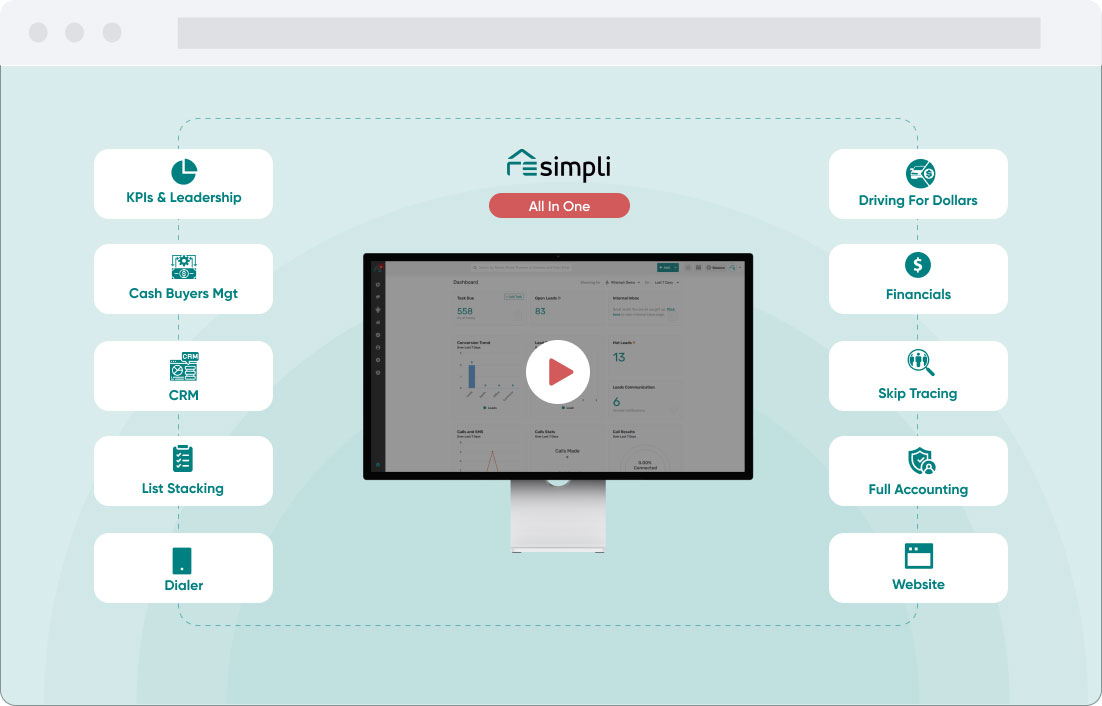Understanding Payouts & Profits: The Different Payment Structures for Acquisition Managers in REI
The Different Payment Structures for Acquisition Managers in REI
Sales commissions are a critical component of many businesses, especially those that rely on sales teams to generate revenue. However, the specifics of how commissions are structured and paid can be complex and confusing for both employers and employees. In this post, we’ll dive into the details of sales commissions, including how they work, how they’re calculated, and different ways they can be structured.
How Sales Commissions Work
In general, sales commissions are a percentage of the revenue generated by a sale that goes to the salesperson who made the sale. This percentage can vary widely, depending on the industry and the specific company. Some salespeople work solely on commission, while others may receive a base salary in addition to their commission.
Calculating Sales Commissions
The calculation of sales commissions can also vary, depending on how the commission structure is set up.
In many cases, commissions are based on the net profit generated by the sale, rather than the total revenue. For example, if a salesperson sells a product for $20,000, but the cost of goods sold, marketing costs, and other overhead expenses add up to $2,000, the net profit on the sale would be $18,000. If the commission percentage is 10%, the salesperson would earn $1,800 on that sale.
Commission Structures
There are many different ways that sales commissions can be structured. For example, some salespeople may receive a draw against their commissions, which is essentially an advance on future earnings.
Others may receive a bonus for meeting or exceeding sales targets, in addition to their commission. Salespeople may also be paid on a commission-only basis or may receive a salary plus commission.
In addition, there may be other factors that affect the commission calculation, such as a “pack” (an amount of money that covers the costs of doing business, such as marketing costs and overhead) or the length of time the salesperson holds onto the sale before closing it.
Role-Playing a Sales Interaction
To better understand how sales commissions work in practice, let’s do a quick role-playing exercise. Imagine that you are the seller of a property, and I am a potential buyer. I am calling you to make an offer on your property.
In this scenario, we discussed how the net profit from the sale is used to calculate the sales commission for the salesperson. We also touched on different ways that commissions can be structured, such as offering a draw against commissions or paying a bonus for meeting sales targets.
Conclusion
Sales commissions are a critical part of many businesses, but they can also be complex and confusing. By understanding the basics of how sales commissions work, both employers and employees can work together to create a commission structure that is fair and effective for everyone involved.

